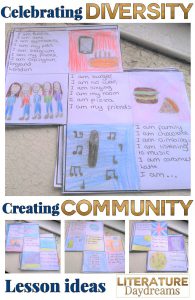Category Archives for "Poetry"
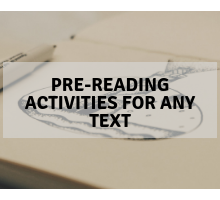
Helping students engage with and understand literature before they read is essential. One way to take the fear away from old-fashioned language or writing that is unfamiliar is to let students play with it before you read.
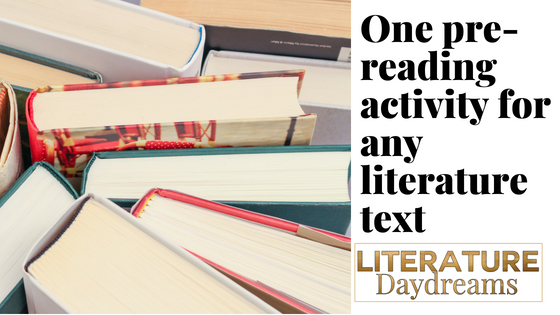
This pre-reading activity is deceptively simple. Here’s what you do:
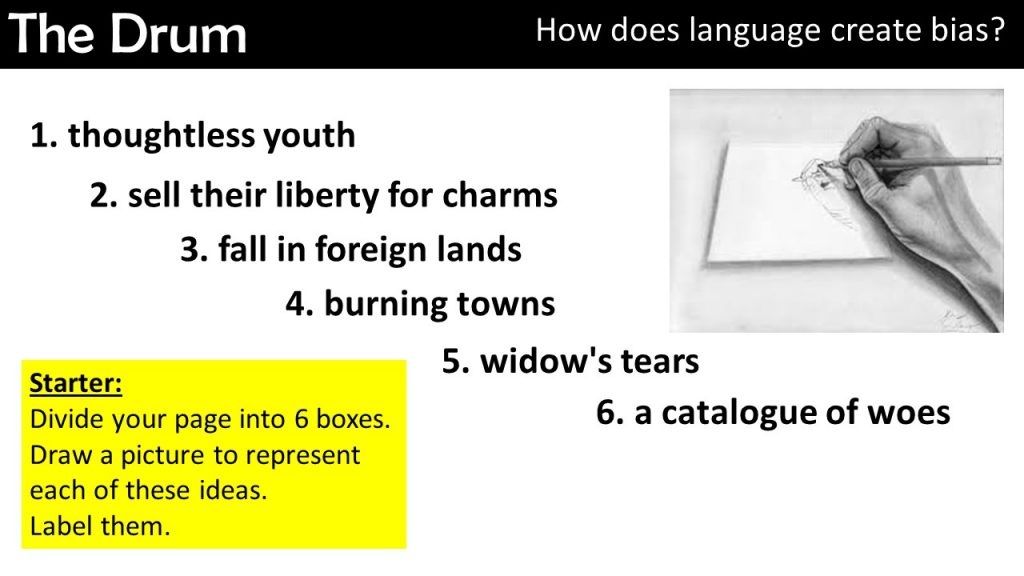
It always amazes me how varied, interesting, and deep my students’ interpretations of these words are. Remember they have no idea what they are going to be reading. Yet students are able to see the depth in the language so much more easily when they only have a handful of words to deal with.
Here are a few examples of my student’s work: from Romeo and Juliet and the task above on The Drum!
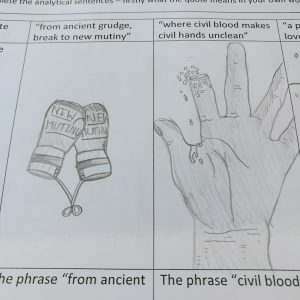
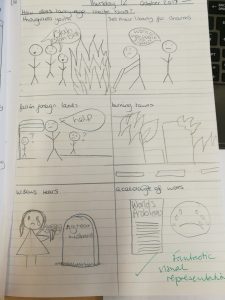
If you try using this activity with your class, drop me a note in the comments to let me know how it went! You can see all my Literature resources here.
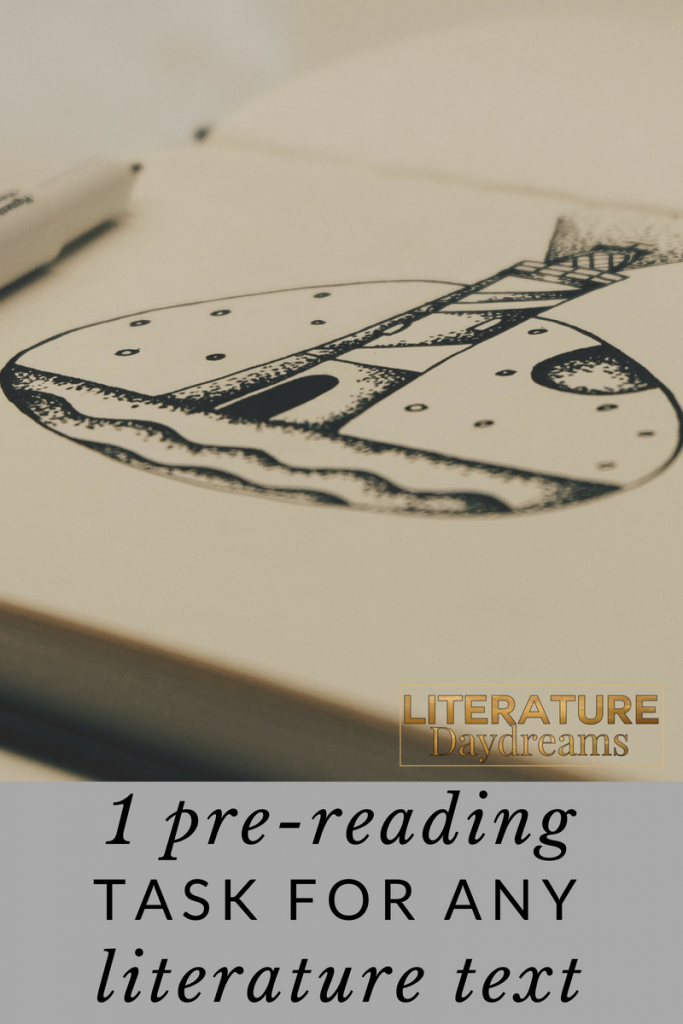
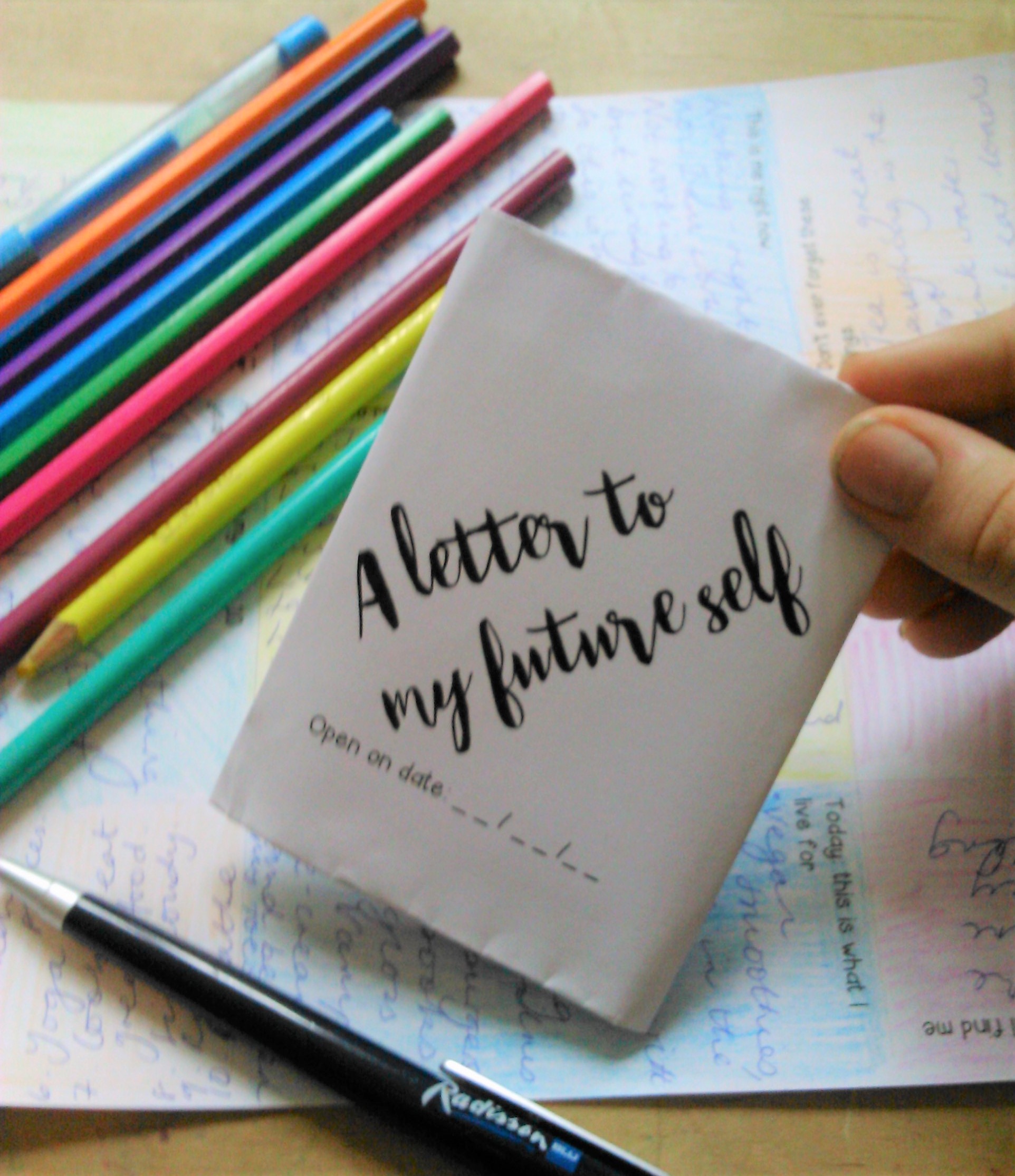
Sign up below to receive regular emails from me jammed packed with ELA teaching tips, tricks and free resources. Also access my free resource library!

Teaching language change and development is one of my favorite units. The English language is constantly changing – MTV was fly in the 90s, today it’s the Inbetweeners is sic. What is the link between Generation X’s slang and teaching The Seafarer? Before I begin tackling this Anglo-Saxon poem – I spend some time with my classes looking at language change and the history of spoken language.

I ask students to research words recently added to official dictionaries, sometimes we do this in lessons; sometimes we flip it and this is a pre-unit homework. Always I share a few of my favourites – these were added to the Oxford English Dictionary in 2017
After this, I like to ask students what words they would add to the dictionary, or even to teach the teach a few new words! This is how I learned: sideman, dench, moist (yuck), peak, and would you believe – roadman! Kids don’t get to use these words in my lessons – ever – so this is their one and only chance to sling some lingo.
Then, I ask students to tell me the oldest word they know. They generally come up with something like “thy” or “thou”, occasionally they might throw in something more groovy. Some clever sprite might try “forsooth”.
At this point I introduce Anglo-Saxon words that are still in use today, including Viking, berserk, gun, ransack, hell, troll, saga. Are you sensing a theme? There are some great ones: claw, clip, crawl, get, give, hit, race, run, stammer, and take. The Anglo-Saxons were people of action. Now my class understands that our language is both ancient and very modern.
And so we cycle round to The Seafarer. We begin by writing our own poetic lines based on some of the words in the poem.
We discuss man and nature, adventure and fame, and explore the language of the ancient world. We look at theme, character, and Anglo-Saxon beliefs. We research The Exeter Book and the history of the poem. We create our own poetry, writing, and display work.
If you’re interested in more details about how I teach The Seafarer please click here.
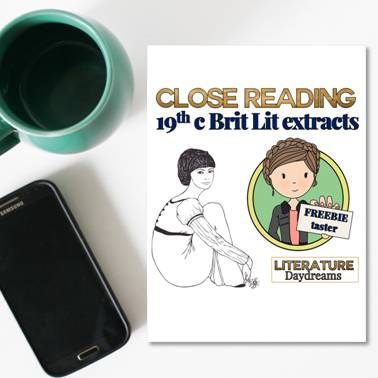
*I send emails with teaching tips, tricks, and free resources to my subscribers regularly. I value your privacy and you can learn more about how I handle your data in our private policy. You can unsubscribe at any time.
Love British Literature?
Access this Austen free resource and a whole lot more!
If you are ready to bring a bit of Brit Lit spark to your classroom - then this Austen resource pack is for you!
Schools are wonderfully diverse communities. In fact, when I remember my ‘other’ job in the real world, I see what a bubble I existed in for such a long time. Working away, like a hamster on a wheel, with people doing jobs like me, who were pretty much, just like me.
I don’t have a choice who rocks up at my classroom door. Even teaching in a school with a very small catchment area, I see the full and wide range of human experience reflected in the kids I teach.
This year, more than any before, I have wanted to champion both diversity and community in my ELA classroom. To give space for challenge and difference and to enjoy togetherness and unity. An idea for this – linked to writing – segued from a unit we were already studying. In Year 7 / Grade 7 we analyze a series of poems from different cultures, if you never heard or seen them I would recommend the following: Blessing by Imtiaz Dharker and Night of the Scorpion by Nissim Ekeziel.
I wanted my students to have the opportunity to give voice to their culture, just as these poets had. But in teasing out these thoughts, I quickly realised that even within one class of 30 students, we had no fixed culture. Yes we live in the same town, but some of us speak different languages at home, eat different food, love different music. I needed to find a way to hold both our difference and our unity up for the world to admire.
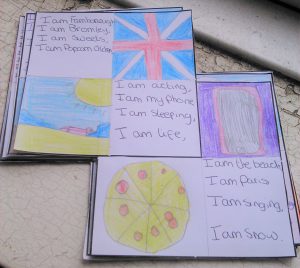
It could not have been any more simple in the end, the “I am” poem allowed my students to express both at once, in a muddle and a mix, just as it is.
Here’s what I asked students to do:
Once everyone had ideas in each box, we then discussed how to chose the ones that best represent ‘me’. I didn’t want to tell kids that ‘my iphone’ was wrong because that would have gone wholly against what I was aiming for – a celebration of them.
After the list generation phase, I would show the class my responses. Below is my original list (occasionally, now, I edit it and add sky diving or lion taming, just for fun).
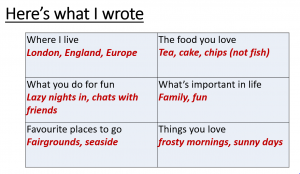
Then I model turning this list- in-a-box into a list poem. Firstly, we discuss nouns and articles and how in poetry missing them out can create meaning “I am tea and cake”, but occasionally they will be required because it just doesn’t sound right: “I am iPhone” becomes “my iPhone”. Again we discussed why “I am a sunny day” requires the article but “I am frosty mornings” doesn’t – looking at pluralisation and its impact.
Here’s my poem – which, yes, I show kids before they write their own one. I often ask students to consider what can be inferred from the various lines. My students tend to jump on “England and Europe” – I leave them to their speculations and then let them write their own.
I have no rules about the drafting and refining of these poems. I wanted a truthful expression. So after a lesson pottering about with words, we left the poems to ruminate for a while. Coming back to them the following day, allowed us one more opportunity to finesse and then we got creative.
I gave students this worksheet (click to download) and showed them the plan was to create a hanging squared poem to display.
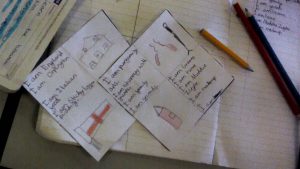
So they need to:
The result? A poem that shows the individual and yet celebrates the things that bring us together (cake, football, chicken) and the things that make us different (Russian, cheerleading champion, pro-golfer). I love it and I love them in all their samey-difference.
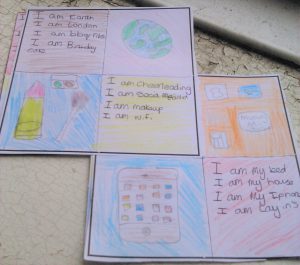
We laminate them and hang them around the room, sometimes stringing several together and leaving them to flutter in the breeze. Words and colour mixed together reminding us that diversity and community are beautiful.
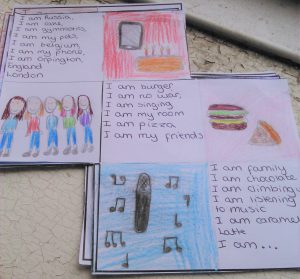 Sign up for my newsletter and receive regular updates, access to my free library and exclusive offers.
Sign up for my newsletter and receive regular updates, access to my free library and exclusive offers.

*I send emails with teaching tips, tricks, and free resources to my subscribers regularly. I value your privacy and you can learn more about how I handle your data in our private policy. You can unsubscribe at any time.
